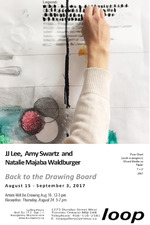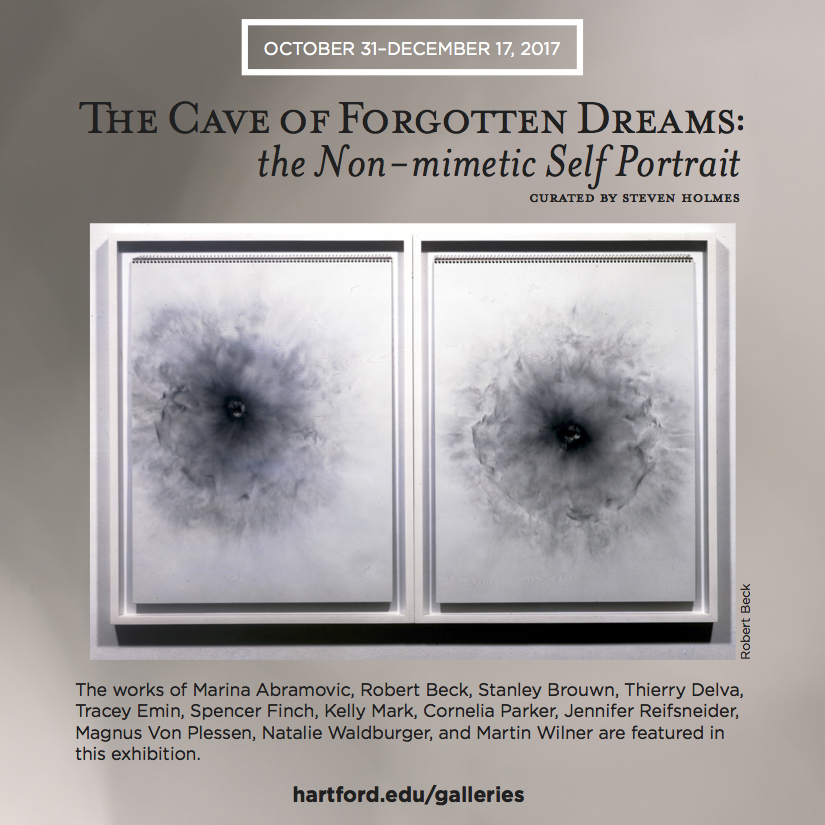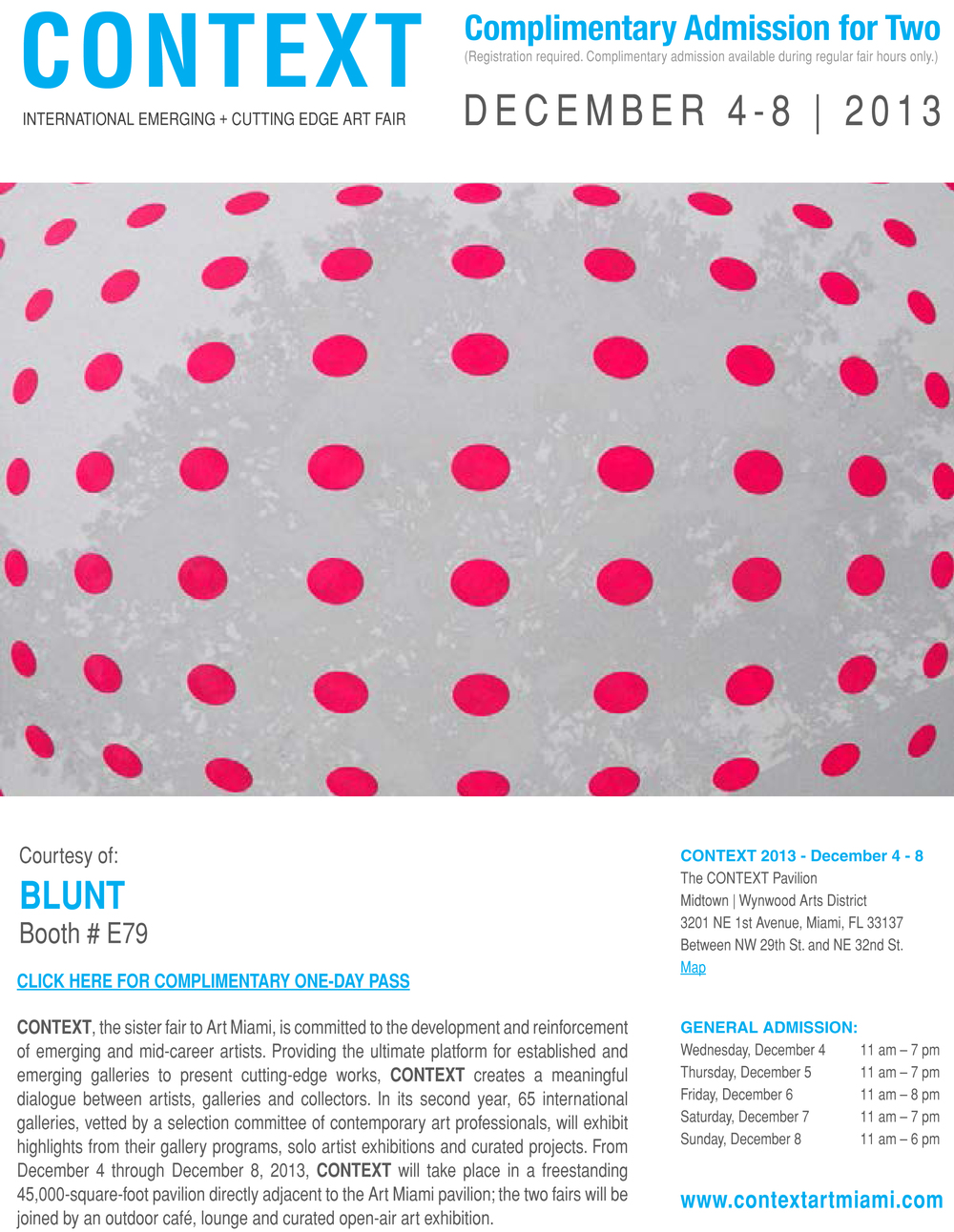
August 15 – September 3, 2017
Loop Gallery is pleased to present a performance and installation by
JJ Lee, Amy Swartz and Natalie Majaba Waldburger entitled
Back to the Drawing Board.
Back to the Drawing Board is an exhibition of the collaborative work of artists-educators at the intersection of process and labour. The show features large-scale, mixed media and site-specific installation of collaborative drawings and performance. Drawing as a visual language can bypass societal classifications including cultural, social, economic and educational barriers. As both an organizational and a decolonization strategy, the show will feature the fluidity of the medium, using a variety of drawing materials (including carbon paper, ballpoint pen, charcoal, graph paper, tape and blood) and methods (collage, photocopying). Through the use of ongoing open-ended drawing processes, the fundamental building blocks of drawing point, perspective, line, value will be the basis for the finished installation, but will also question notions of hierarchy and perceptions of power.
The artists in the exhibition are faculty and administrators at OCAD University. This resulted in a collaborative exhibition and performance at Loop Gallery titled Back to the Drawing Board, in which the administrative, procedural protocols that are used in the formal meetings of the institution were used as a structure to shape creative activity by a fictitious group called the “Drawing Board”. We held public “meetings” where various proposals from the three board members were introduced. Decision-making on these various creative tasks was subjected to Roger’s Rules of Engagement, including all stages of the creative process from idea (delivered as a motion), development (amendments to that motion), and completion (approve/deny the motion). Of the three members one would function as Chair leaving the remaining two to negotiate, under the “rules”, over proposed motions. During the two performances the public was invited to participate in the proceedings. All the installation and drawings exhibited alongside in the gallery was made collaboratively using materials evocative of office work.
“The Drawing Board” is a collective of artist-educators and collaborators, professors JJ Lee, Amy Swartz and Natalie Majaba Waldburger.
August 15 – September 3, 2017
Loop Gallery is pleased to present a performance and installation by JJ Lee, Amy Swartz and Natalie Majaba Waldburger entitled Back to the Drawing Board. Back to the Drawing Board is an exhibition of the collaborative work of artists-educators at the intersection of process and labour. The show features large-scale, mixed media and site-specific installation of collaborative drawings and performance. Drawing as a visual language can bypass societal classifications including cultural, social, economic and educational barriers. As both an organizational and a decolonization strategy, the show will feature the fluidity of the medium, using a variety of drawing materials (including carbon paper, ballpoint pen, charcoal, graph paper, tape and blood) and methods (collage, photocopying). Through the use of ongoing open-ended drawing processes, the fundamental building blocks of drawing point, perspective, line, value will be the basis for the finished installation, but will also question notions of hierarchy and perceptions of power.
The artists in the exhibition are faculty and administrators at OCAD University. This resulted in a collaborative exhibition and performance at Loop Gallery titled Back to the Drawing Board, in which the administrative, procedural protocols that are used in the formal meetings of the institution were used as a structure to shape creative activity by a fictitious group called the “Drawing Board”. We held public “meetings” where various proposals from the three board members were introduced. Decision-making on these various creative tasks was subjected to Roger’s Rules of Engagement, including all stages of the creative process from idea (delivered as a motion), development (amendments to that motion), and completion (approve/deny the motion). Of the three members one would function as Chair leaving the remaining two to negotiate, under the “rules”, over proposed motions. During the two performances the public was invited to participate in the proceedings. All the installation and drawings exhibited alongside in the gallery was made collaboratively using materials evocative of office work.
“The Drawing Board” is a collective of artist-educators and collaborators, professors JJ Lee, Amy Swartz and Natalie Majaba Waldburger.

 Friday, November 10, 2017 at 10:32AM
Friday, November 10, 2017 at 10:32AM 


